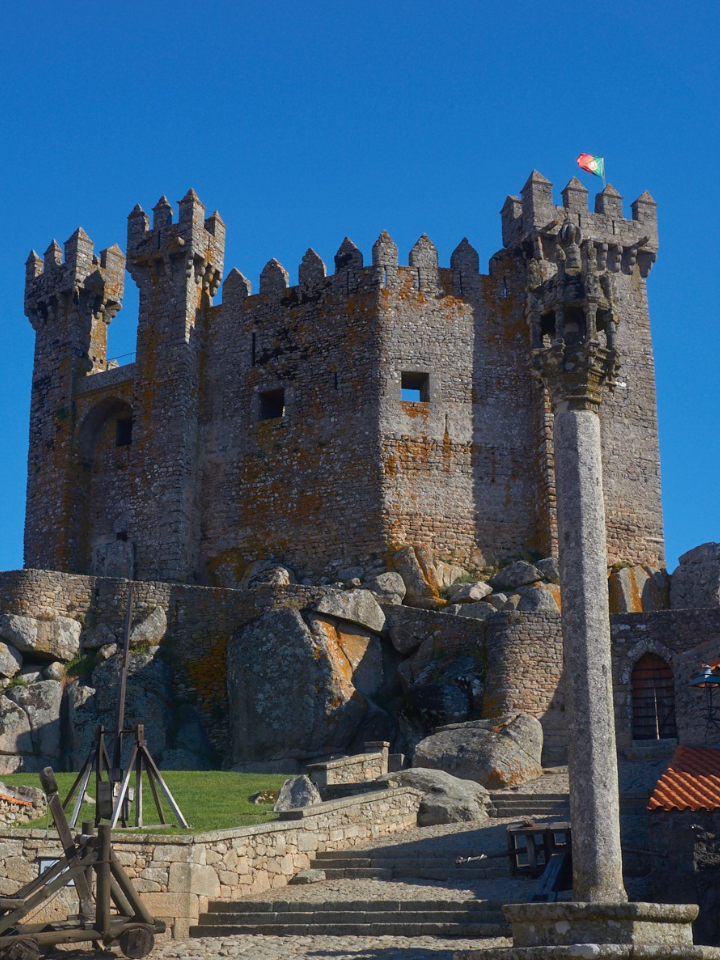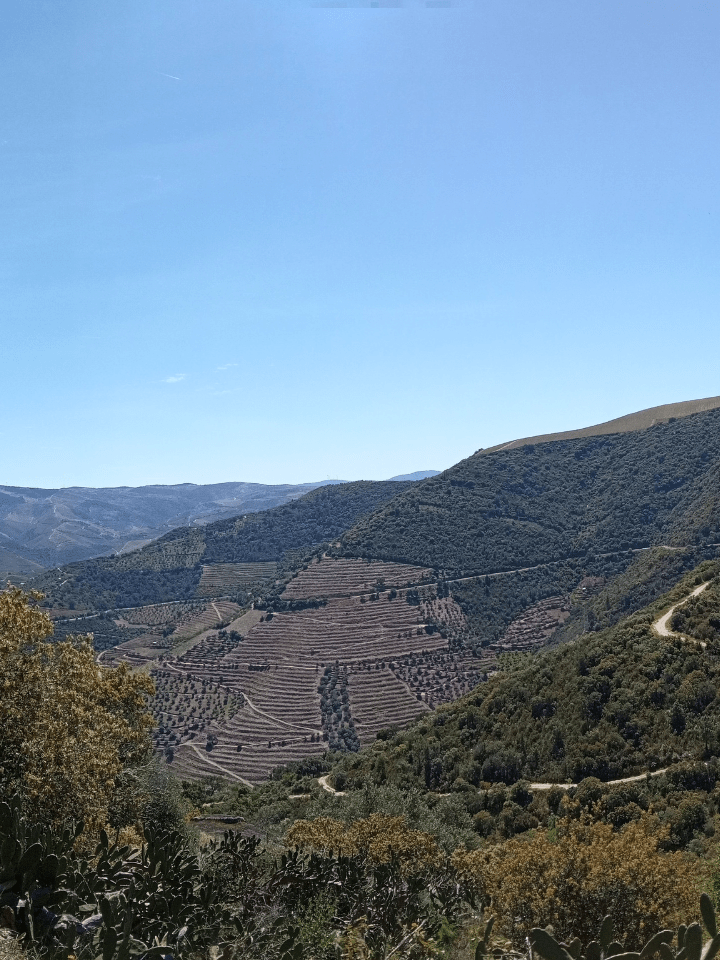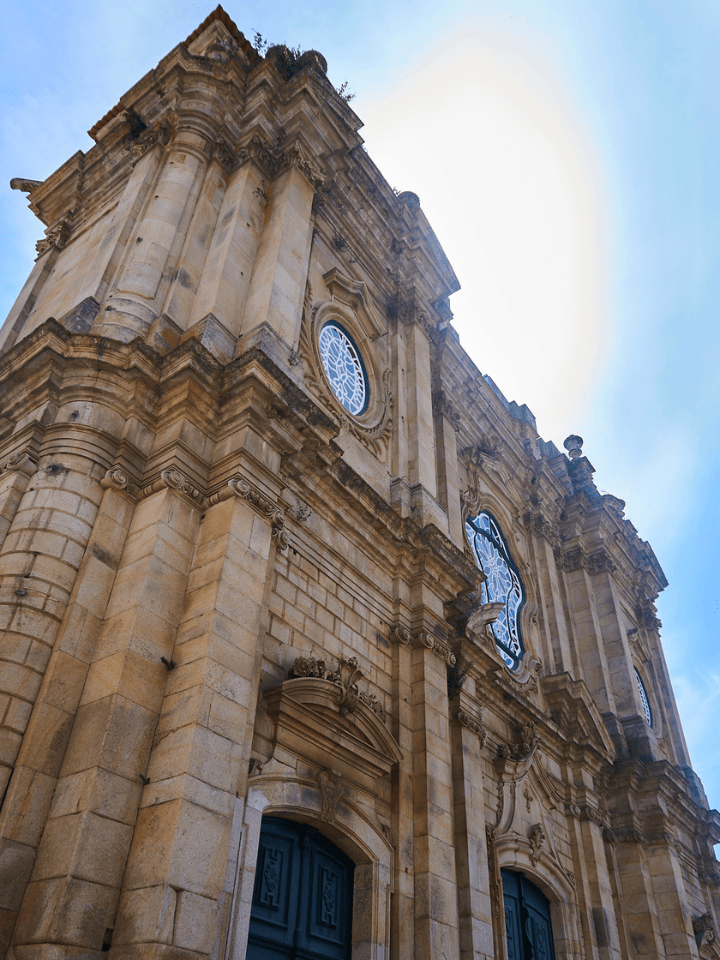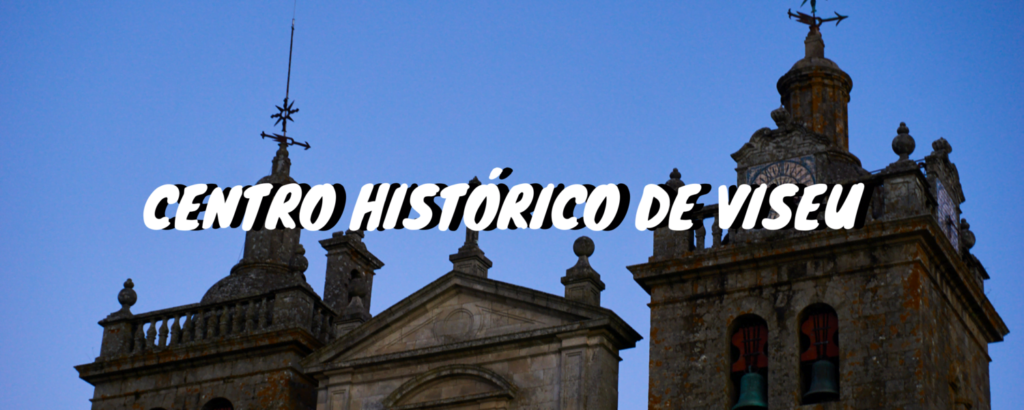
The Historic Center of Viseu is an area of important value in the extremely old city of Viseu. Known as the city where Viriato was born, Viseu is considered one of the cities with the highest quality of life.
In this short itinerary we try to get to know a little about this area and its history, highlighting the places you can't miss!
Discover the streets of the historic center of viseu
The historic area, as is common, is all connected by streets, lanes and small paths. Consequently, we start by recommending that you park your car and walk through the various streets, venturing into the unknown.
On this short route you will find fountains, gardens, museums, historic landmarks and various artistic installations. Do not forget to use some of your time to have this experience.
A little tip: Viseu is even more beautiful at Christmas time, when the city lights up and transforms itself.
Viseu Cathedral and Grão Vasco National Museum
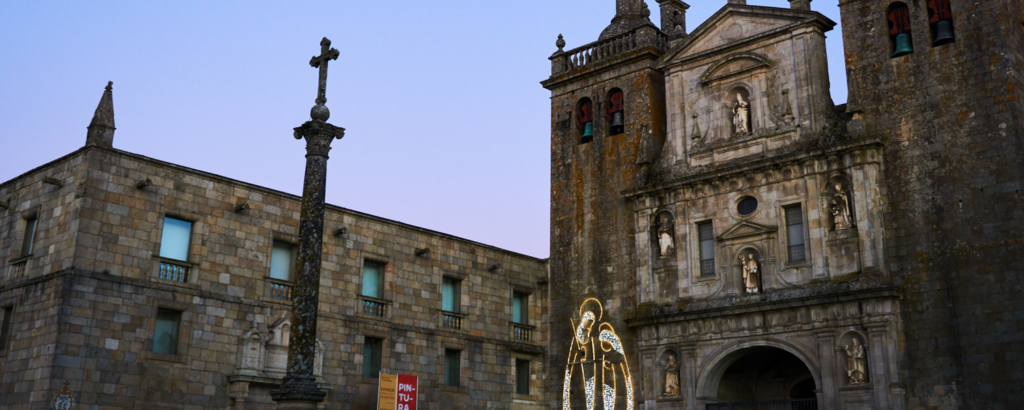
The Cathedral of Viseu will most likely be the central element of the historic centre. It is located in a large square, facing the Misericórdia church mentioned above and next to the Grão Vasco National Museum.
It consists of an imposing Church, with two towers, and with an interior that dazzles with its grandeur and detail. In addition to the interior, there is also a large cloister, making the Church even more stunning.
With large pillars that resemble ropes, culminating in a ceiling that seems to join the different nodes, ending in different nautical representations.
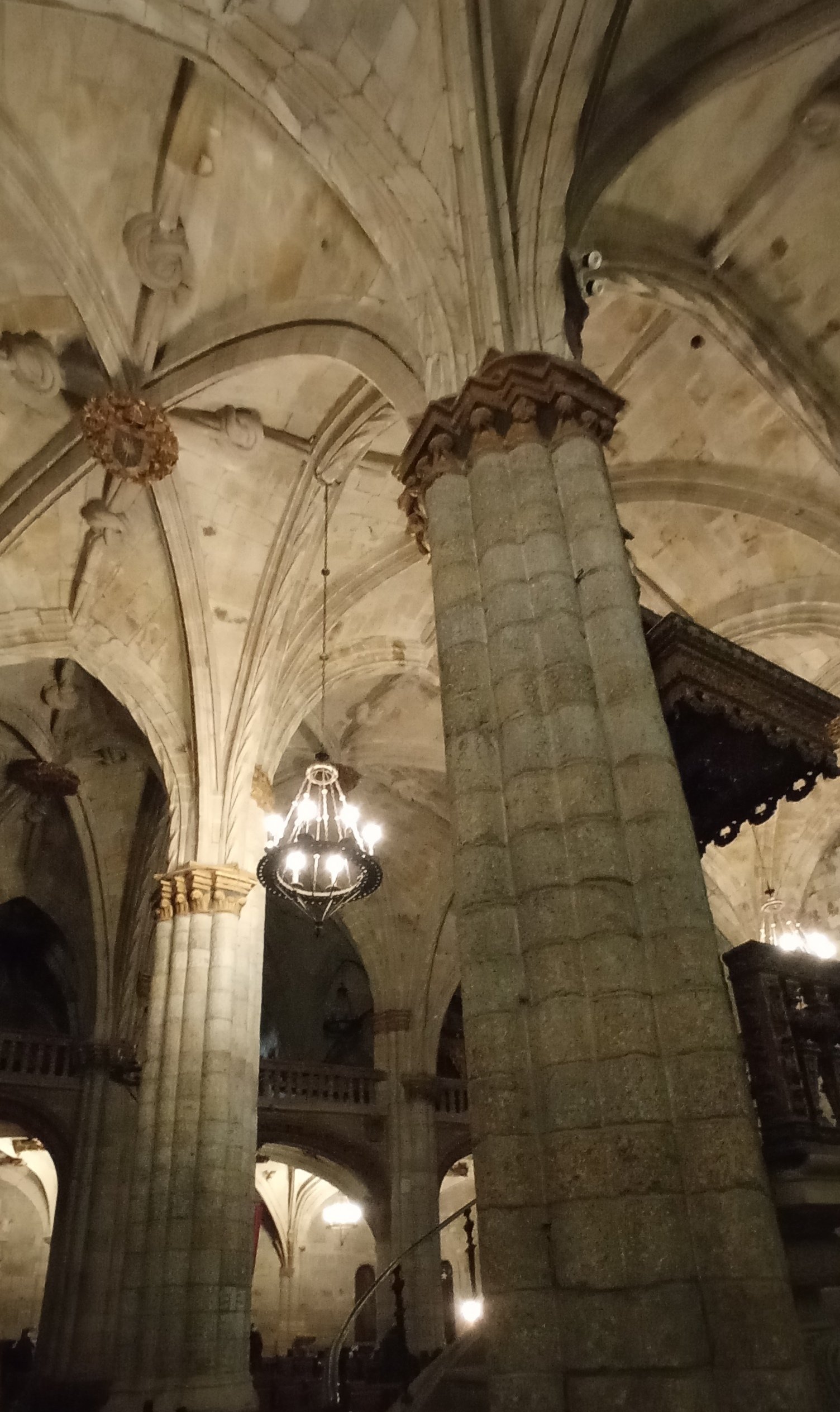
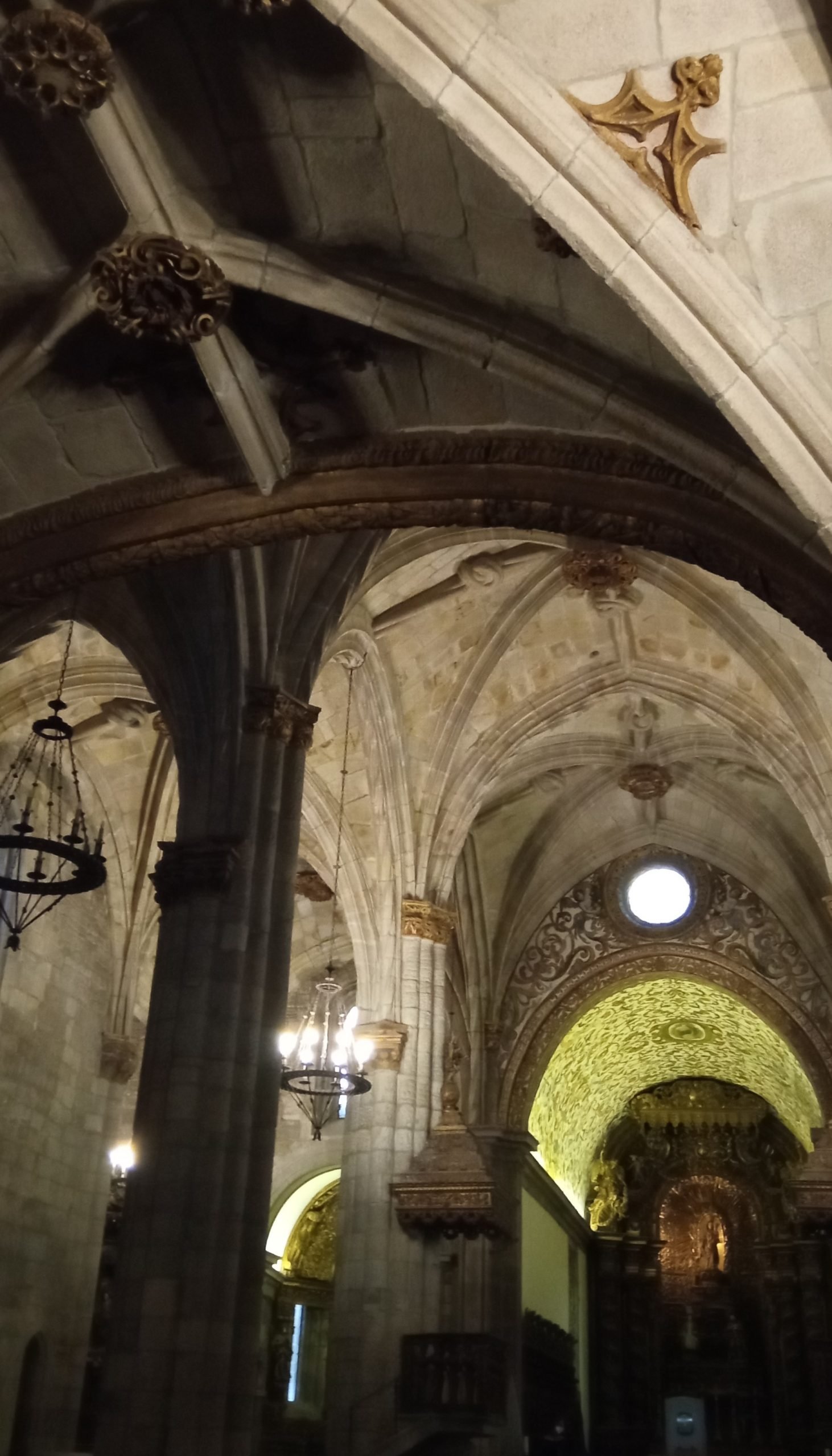
The Cathedral is open every day of the week from 9am to 12pm and from 2pm to 6pm. You can visit out of hours if you do it during worship hours.
Bear in mind that this Cathedral is extremely dark, so taking pictures with cameras will be difficult, and flash is not an option because there are always people inside. In our case, being visited during worship hours, we had to opt for the cell phone.
Next to it we find the Grão Vasco National Museum, former episcopal residence, currently converted. This consists of a large building, filled with different rooms, where a large collection of national treasures of different types can be found.
You can visit this museum from Tuesday to Sunday, from 10am to 1pm and from 2pm to 6pm, with an entry cost of €4.
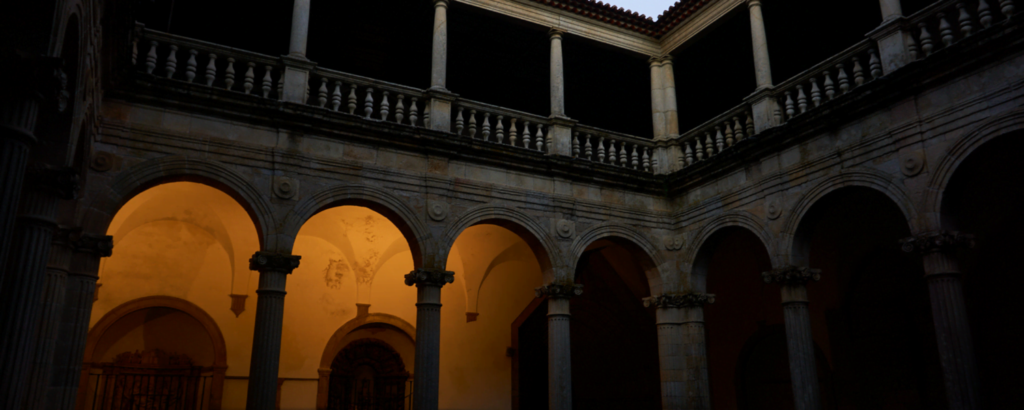
Viseu's Misericordia Church and Misericordia Treasure Museum
Opposite the Cathedral, we find another large church: the Misericórdia Church, where the Treasure of Misericórdia Museum is located.
Built in the 16th century, it underwent major requalification in the 18th century, taking on the shape it has today. Inside the Church with two towers, the pipe organ from the 18th century stands out.
The museum, in turn, has more than a hundred objects inside, seeking to praise and remember those who helped and integrated this institution.
The church is open daily from 9:30am to 12:30pm and from 2pm to 5:30pm. The Museum, in turn, is open from 10 am to 12:30 pm and from 2 pm to 5:30 pm, with the possibility of extended hours depending on the time of year.
mothers garden and tile panel
One of our favorite parts of Viseu is the amount of gardens you can find all over the city. Among them, the Mothers Garden stands out, built next to the Museum of Almeida Moreira. This small garden, extremely well maintained, fills the region with greenery.
Between this garden and the grand Praça da República, we find the so-called Panel of Tiles. This grandiose panel, dated 1931, was created in Vila Nova de Gaia and demonstrates, through five representations, country life and typical costumes.
Afterwards, we recommend a visit to Praça da República to relax and drink a coffee.
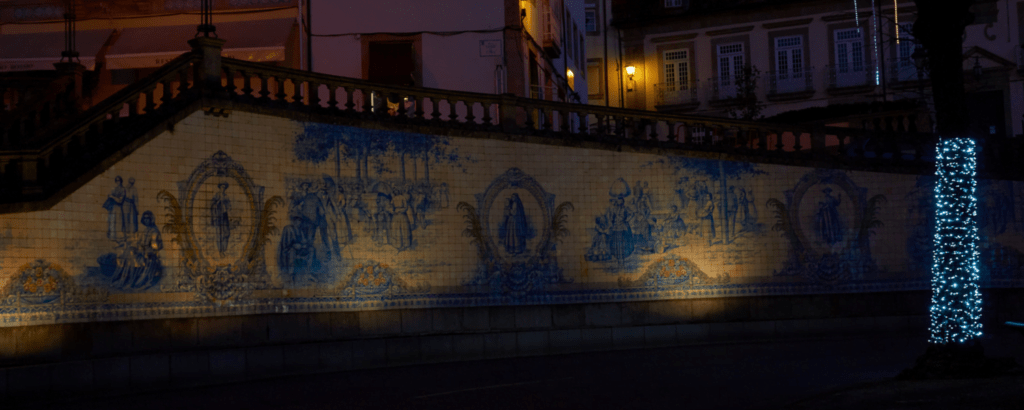
soar door and chapel of our lady of medicine
Porta do Soar is one of the seven entrances to Viseu through the medieval wall. Built in the 15th century, this door, despite its simple appearance, has great historical value.
From here it is possible to observe the grand city wall, considered an Alfonsine wall.
Additionally, next to this entrance we find the Capela de Nossa Senhora dos Remédios, a small octagonal chapel. This was built in the 18th century through handouts from the people.
You can visit its interior, decorated with tiles and gilded carving, daily from 10am to 7pm.
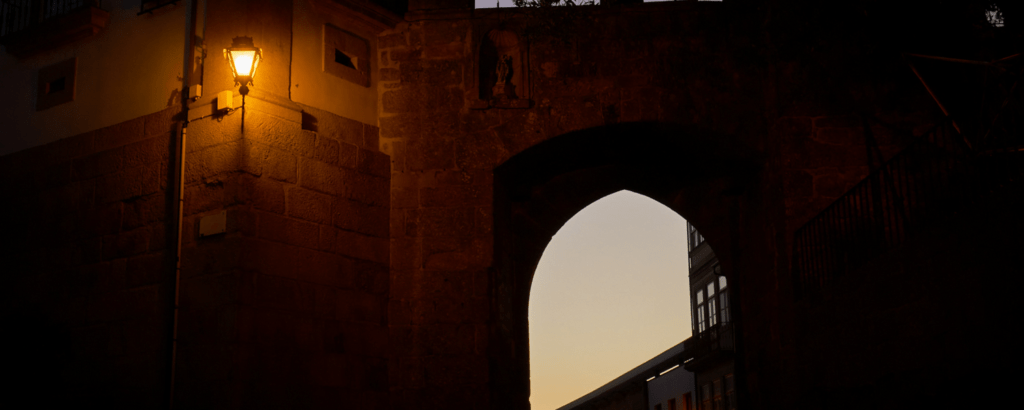
more to see
